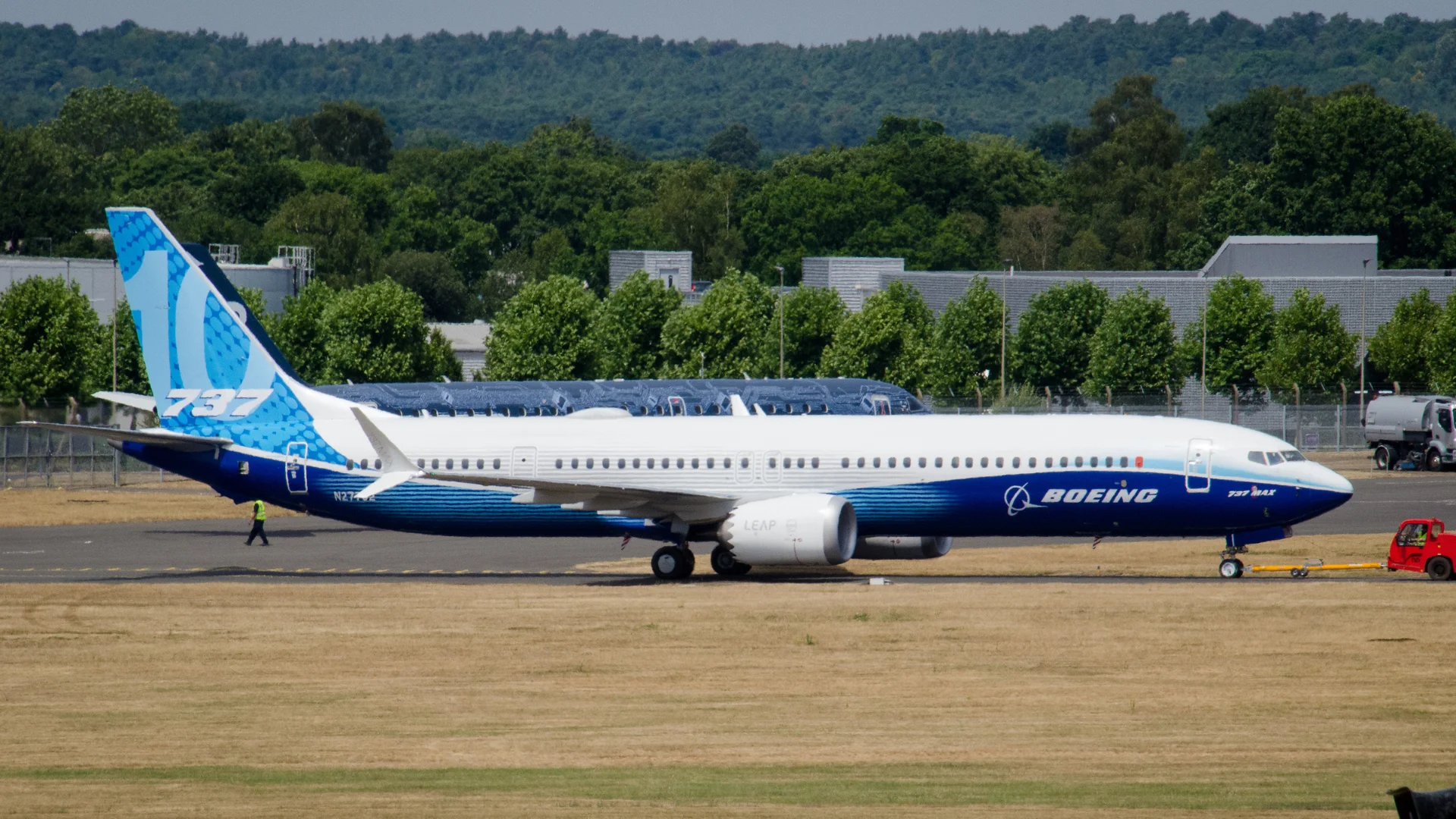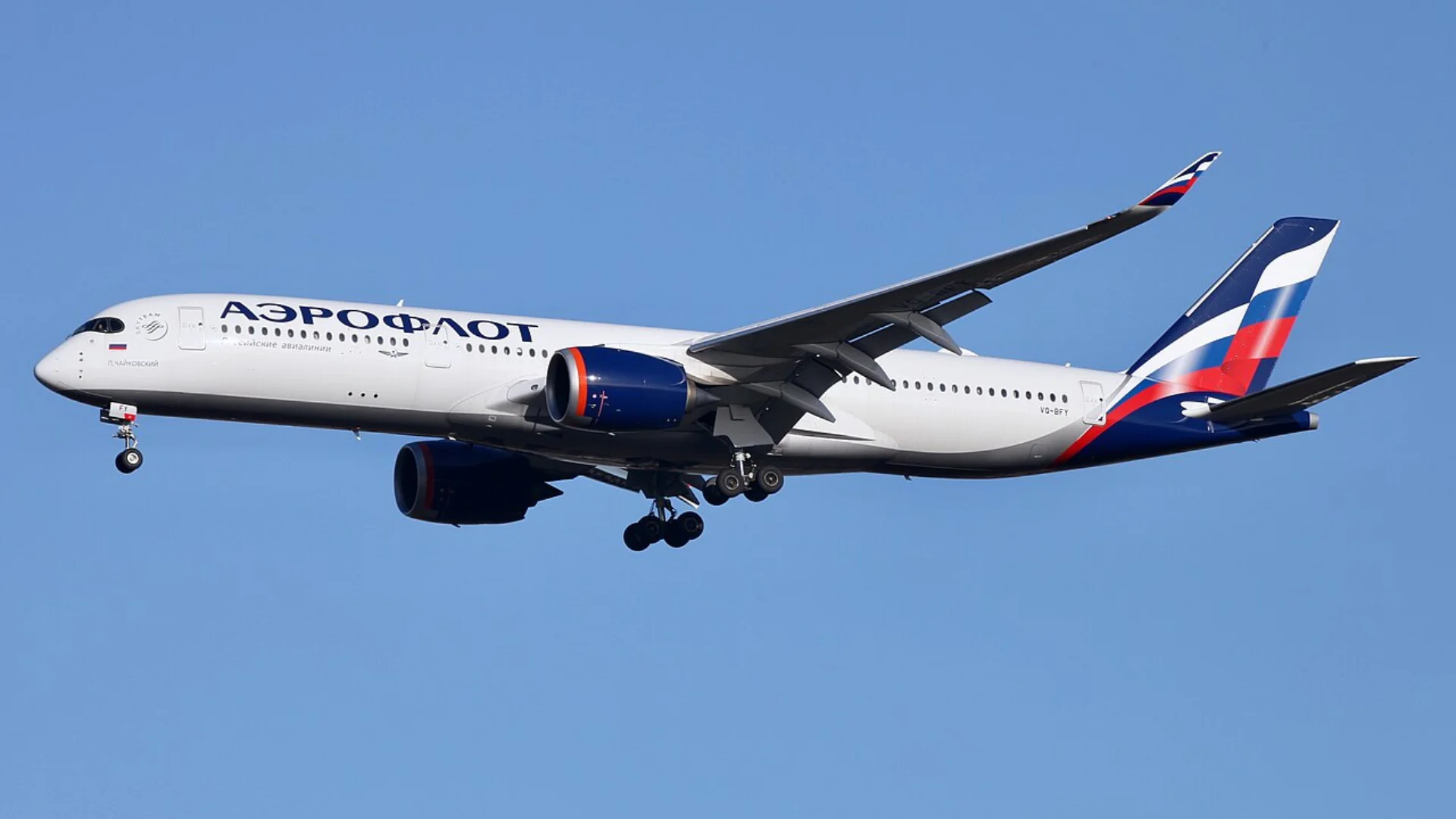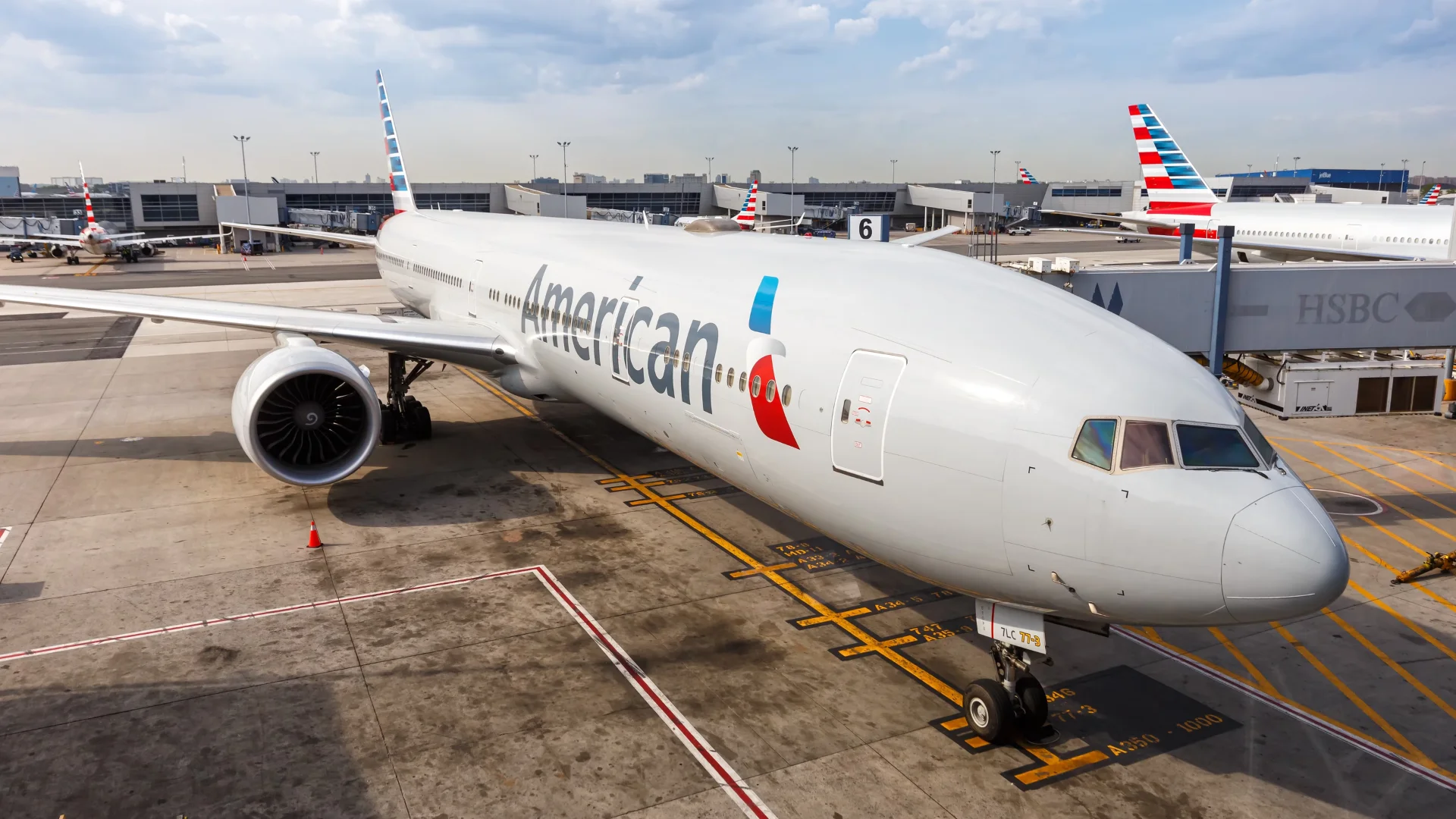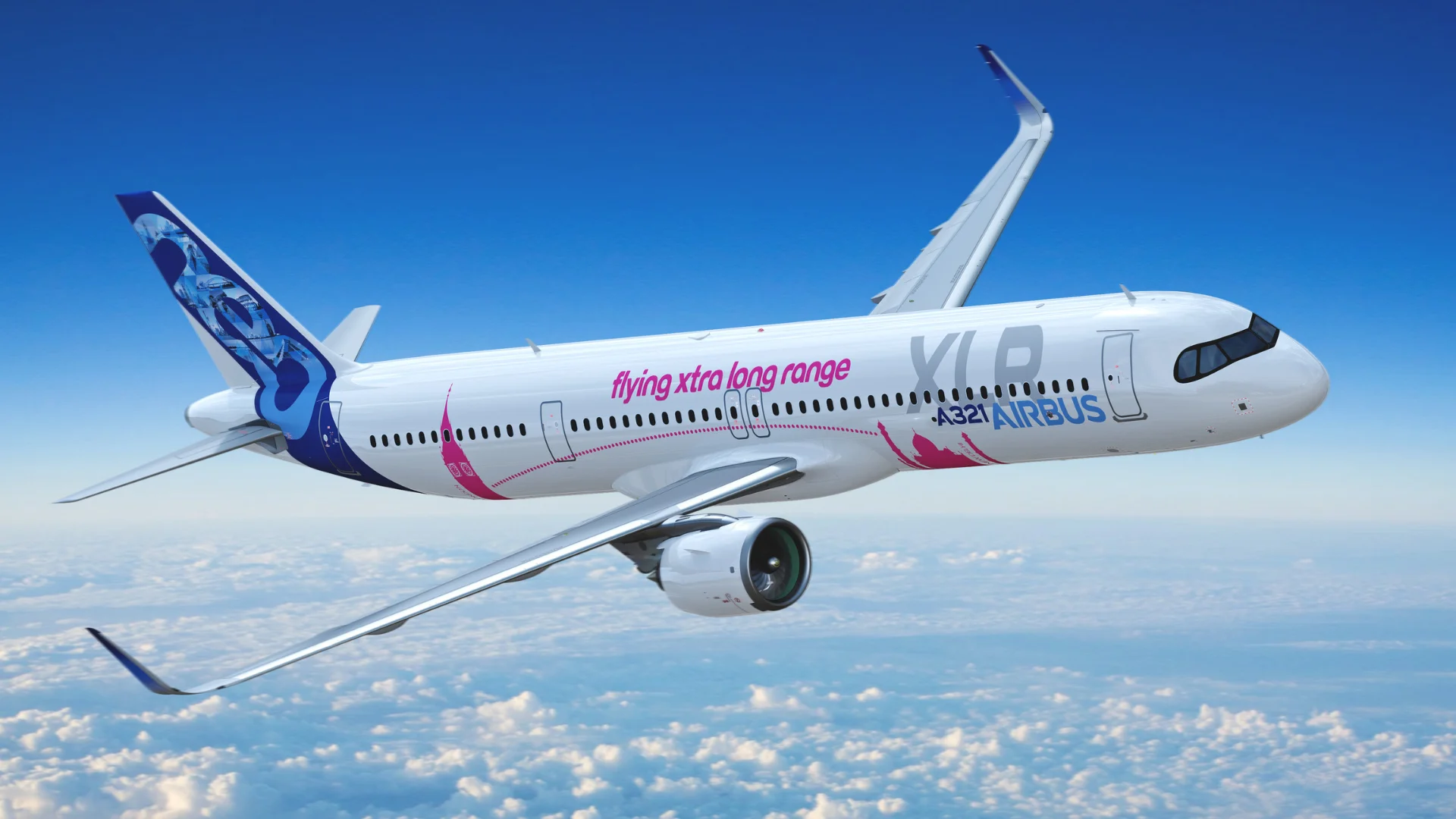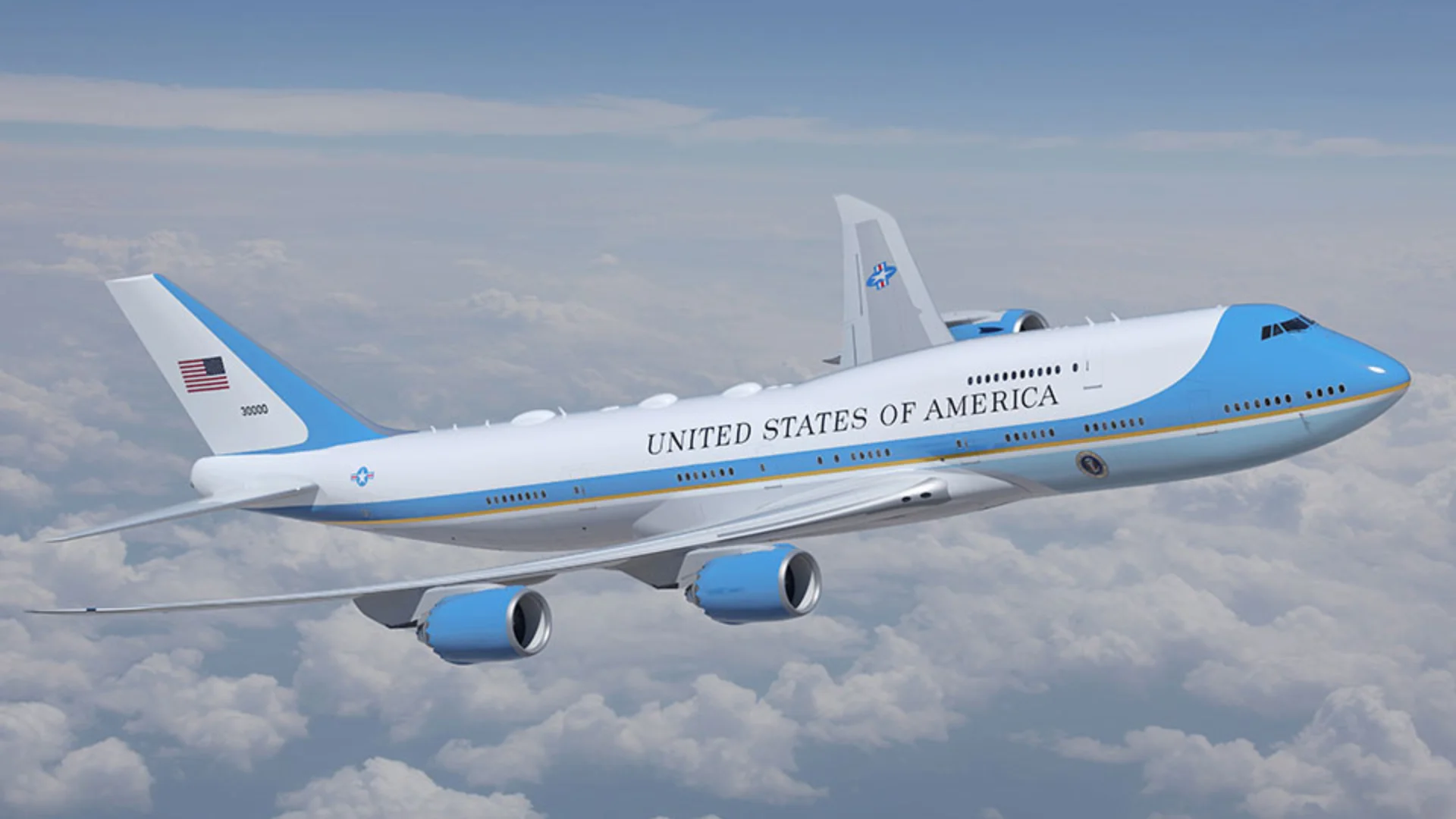The Federal Aviation Administration (FAA) has certified the Airbus A321XLR, making it the second global regulator to do so. The certification, which was first reported by The Air Current, was granted on October 5. However, the type certificate data sheet (TCDS) for the Airbus A320 family was updated on December 5, with the FAA adding the A321-253NY in its 51st revision.
The aircraft has been certified with CFM International LEAP-1A engines. This follows the European Union Aviation Safety Agency's (EASA) earlier certification of the A321XLR with these engines. "When the European regulator approved the A321XLR to begin commercial flights on July 19, Airbus said that certification of PW1100G-powered A321XLRs was slated 'for later in 2024.'"
However, EASA's approval for flights using the PW1100G engine option has been delayed until 2025. Simple Flying has reached out to Airbus for comments regarding this delay.
 Alerts Sign-up
Alerts Sign-up



